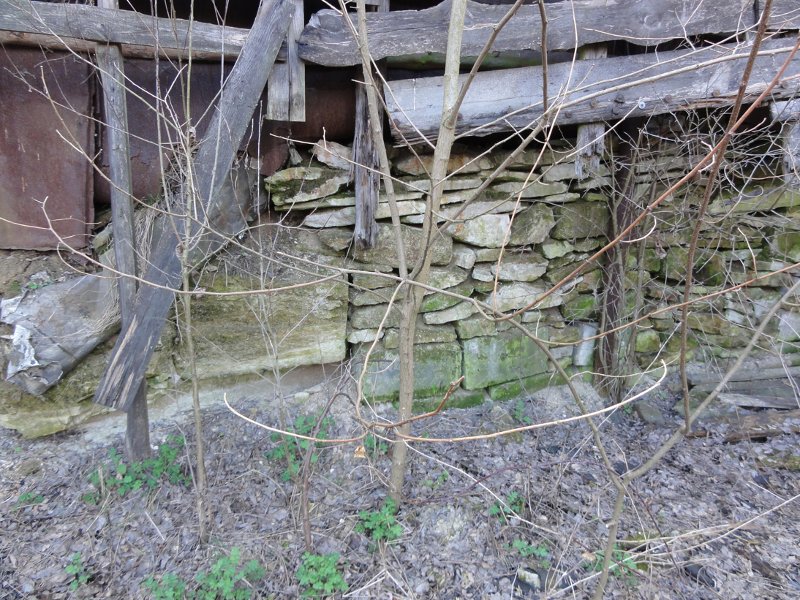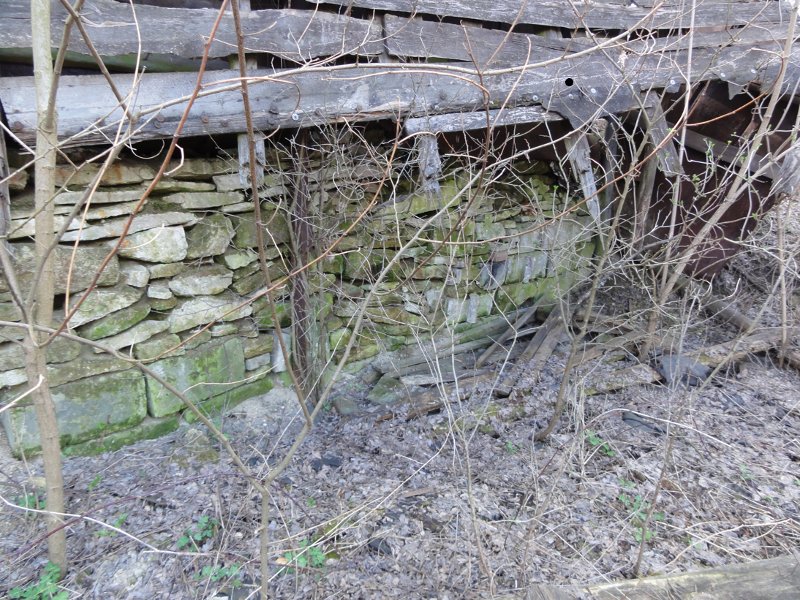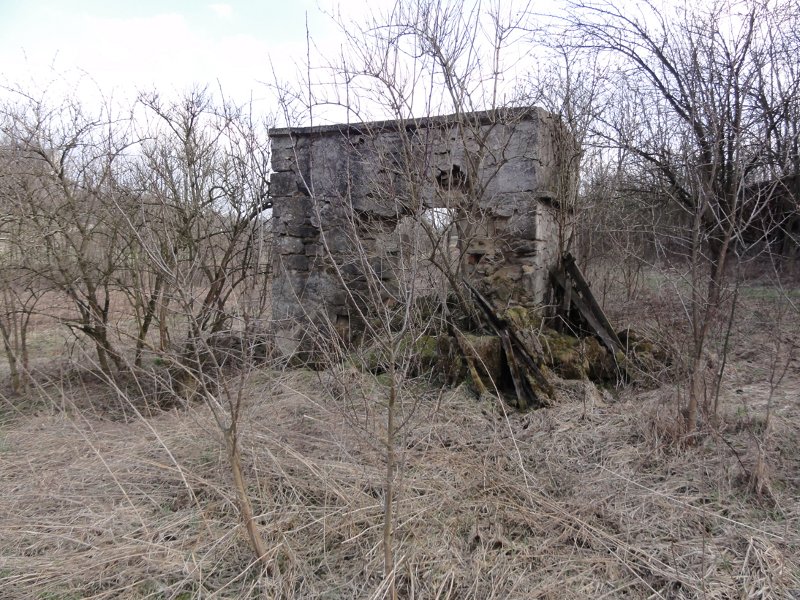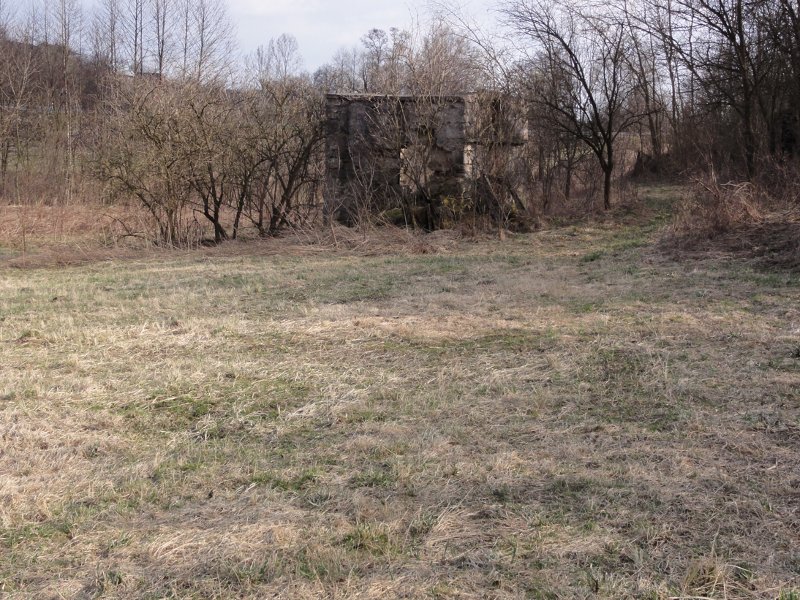 Alternate names: Szydłów [Pol], Shidlov, שידלוב [Yid], Shidluv, Шидлув [Rus]. 50°36' N, 21°00' E, 22 miles SE of Kielce, 8 miles WNW of Staszów (Stashev). 1900 Jewish population: 867. This village in Staszów powiat, Świętokrzyskie Voivodeship, in south-central Poland and the seat of the administrative district called Gmina Szydłów, 13 km (8 mi) W of Staszów and 43 km (27 mi) SE of the regional capital Kielce had a population of 1,076.
Alternate names: Szydłów [Pol], Shidlov, שידלוב [Yid], Shidluv, Шидлув [Rus]. 50°36' N, 21°00' E, 22 miles SE of Kielce, 8 miles WNW of Staszów (Stashev). 1900 Jewish population: 867. This village in Staszów powiat, Świętokrzyskie Voivodeship, in south-central Poland and the seat of the administrative district called Gmina Szydłów, 13 km (8 mi) W of Staszów and 43 km (27 mi) SE of the regional capital Kielce had a population of 1,076.
Jewish Records indexing project. Jewish history.
The Cemetery is located by exiting the Krakow Gate and walking to the right along the road just past the river (now more of a creek) then to the right about 100 meters. The exact GPS coordinates are 50°35'25N, 20°59'53E. No markers, fences or headstones. The remains of a cemetery structure in the weeds at what likely marks the spot where the cemetery began. Also under the bridge adjacent to the cemetery are what appears to be many headstones layered one upon the other as structural support. I confirmed the location by speaking with a 90 year-old local resident of Szydlow as well as as a relative of mine who was there as a child. The structure and broken fence at the entrance confirms it as well. Photos taken during 2011 visit. Source: This email address is being protected from spambots. You need JavaScript enabled to view it. [April 2011]
Jews settled in Szydłów at the end of 14th century. In the 15th and 16th centuries, they were given Crown privileges and had a Jewish crafts guild. In 1564, town had 14 Jewish landlords and sixteen in 1569 although in the 16th century, Jewish real estate owners were taxed like all residents and had to do night watch. The privilege granted by King Zygmunt III in 1588 meant Jews were to be treated equally and were allowed to buy goods and food, but not at main fair times. Jewish population in 1629 was 37 home owers, 25 who rented, the kahal that paid tax on the synagogue and cemetery, 7 general shops and 2 cloth shops. In 1656 on rumors of the Czarniecki militia marching towards the town, 200 Jews left Szydłów. Out of the 37 Jewish houses thet existed in 1629, some burnt . In 1660 saw only building lots and 17 empty buildings with no general shops and no cloth shops. The kahal paid taxes on the synagogue and cemetery. The Jews rented the trading area from the town. Szydłów kahal was under the jurisdiction of Cracow kahał. One of the local rabbis, 1710-1713, Juda Lejb, was appointed rabbi in the Cracow kahal with Tarnów, Rymanó, Chmielnik, Pacanów, Oleśnica, Żabno, Dąbrowa, Stopnica, Połaniec, Bogoria, Staszów, Raków, Wiślica and Kurozwęki also as part of the kahal. In the mid-18th century, Jewish community of 45 homeowners existed around "the second market" situated near the castle and along the street leading to it. ("The first" market, i.e. Christian market, was located round the town hall.) In 1779, the 181 Jews constituted about 48% of the population and owned thesynagogue, rabbi`s house and the cemetery. In the 19th century, Jewish population dropped with 1,139 Jews (52,5%) in 1827 and 724 Jews (37,1%) in 1857 and 986 (41,8%) in 1885. The economic situation of Szydłów Jews worsened throughout that century. In 1921, 600 Jews (29.4%) remained steady between WWI and WWII., In 1942, about 2000 Jews were removed to the Jędrzejów, from where they were transported by train to Treblinka. [April 2011]
"The Jewish cemetery is Szydłów was first mentioned in 1470. It was written than that the cemetery was located near a field belonging to the Gacki land estate. Until World War II it was located in the same place, outside the town itself, that is the part of town surrounded by town walls, by the Ciekąca River, at the right side of the road leading from Szydłów to Chmielnik. During World War II the cemetery was devastated by the Germans. Now the cemetery's area is covered by meadows and orchards belonging to private owners. The gravestones preserved are stored in the former synagogue at 3 Targowa Street. It is supposed that part of the matzevot are still in the ground in the area of the former Jewish cemetery and private land." Source and photos of the gravestones. [April 2011]
Szydlow, surrounded by medieval brick walls, has a preserved synagogue. The remaining matzevot are held in the synagogue built in 1534-1564 as a fortress synagogue . The Jewish cemetery beyond the village on the way to Chmielnika was vandalized in 1942 during WWII. photos. [July 2009]
US Commission No. POCE000304
Szydlow is located in Kielce province at 50°36 21°_, 20km from Chmielnik. The cemetery is located between the roads to Chmielnik. Present population is 1,000-5,000 with no Jews.
- Town: Wojt Gminy Szydtow, 28-125 Szydtow Koto (or Loto) Staszowa, tel. 125. Local: Wojewodski Konserwator Zabytkow, ul. IX, Wiekow, Kielc 3, Kielce, tel. 45634.
The earliest known Jewish community was 14th century, possibly 1470. 1921 Jewish population was 600 (29.4%). The last known Orthodox and Conservative Jewish burials in unlandmarked cemetery were 1942. The isolated suburban hillside has no sign or marker. Reached by turning directly off a public road, access is open to all with no wall, fence or gate. The approximate size of before WWII and now is probably 1.0 ha. There are no stones, no mass graves, or structures. Municipality owns property used as a Jewish cemetery. Properties adjacent are agricultural. If the boundaries are smaller, new roads and agriculture reduced them. Rarely, private Jewish visitors stop. The cemetery was vandalized during WWII but not in the last 10 years. There is no maintenance. Weather erosion is a serious threat. Vegetation and pollution are slight threats. Vandalism is a moderate threat. Security and incompatible nearby development, both existing and planned, are very serious threats. Within the cemetery is a new road to Chmielnik.
Adam Penkalla, deceased, completed survey. He visited the site and used his own documentation. "Gynagoga I gmina (district) w Szydtowie Biuletyn Zydowskiego lustytutu Historyczuego, 1-2/1982, 57-76."
BOOK: Gruber, Ruth Ellen. Jewish Heritage Travel A Guide to East-Central Europe. New York: John Wiley & Sons, Inc., 1992
Photos courtesyThis email address is being protected from spambots. You need JavaScript enabled to view it.
Click on pictures for captions and enlargements.
[UPDATE] Photos by Charles Burns [April 2016]






